Alpine’s founder Jean Rédélé was a visionary. His competition success with a modified Renault 4CV in a variety of events (including the Mille Miglia and Coupe des Alpes) in the early 1950s spurred him on to create his own cars, ones that he hoped would prove themselves not on sales, but on motorsport merit. When the A110 was revealed at the 1962 Paris Motor Show, few could have guessed at the impact it would have on the world of rallying. Rédélé’s vision was to become a reality.
Slow burn success
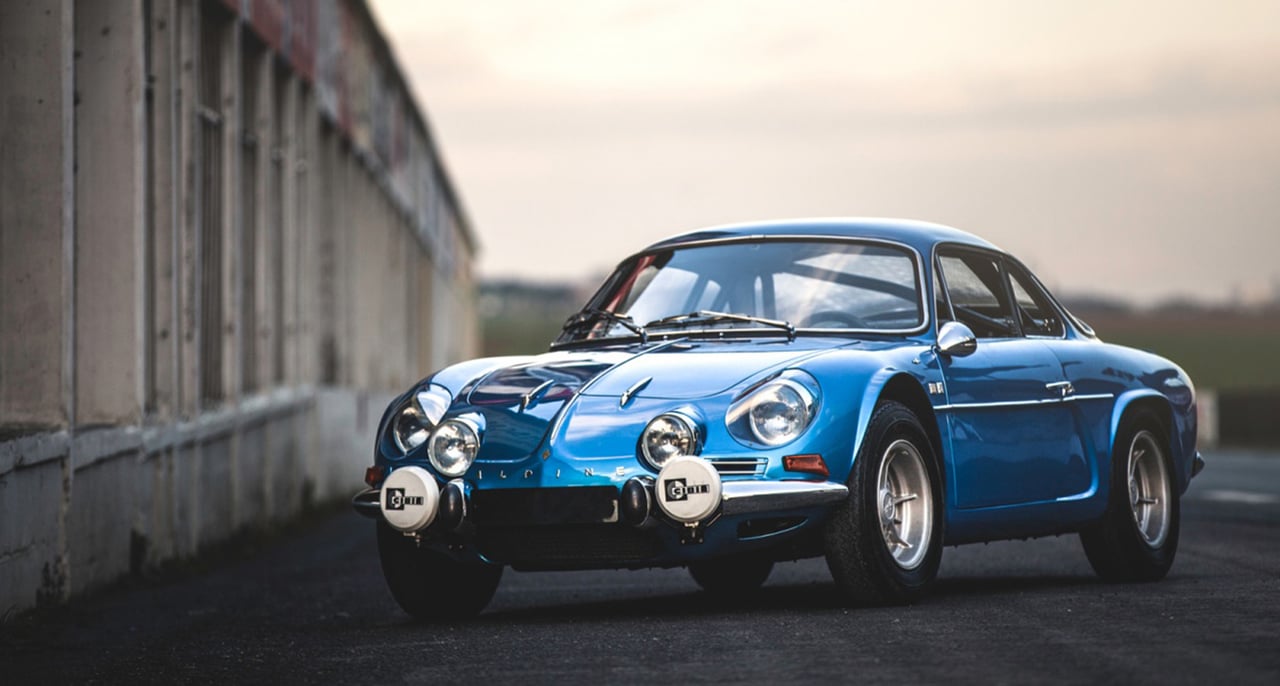
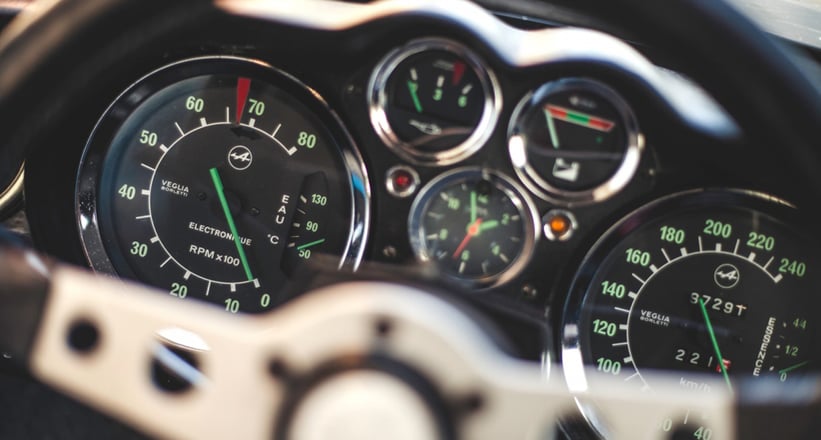
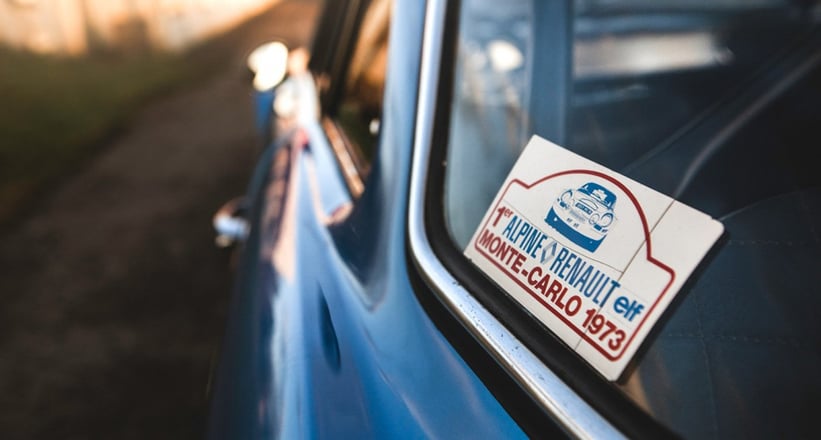
Weighing a scant 660kg and boasting a rigid backbone chassis, the A110 was as adept on the treacherously snowy Monte Carlo passes as it was on the stiflingly dusty stages of the Acropolis.
As the decade came to a close, the A110 had tasted success on numerous European rallies, but that was just the start. In the early 1970s, in partnership with Renault (which would eventually become Alpine’s sole owner) and thanks to a dizzying number of ever-more potent engines, it proved almost unbeatable. Sweeping up in 1971 and in the inaugural World Rally Championship in 1973, Alpine had taken the fight to Porsche, Fiat, Citroën and Ford, and it had won.
Thrilling, in every guise
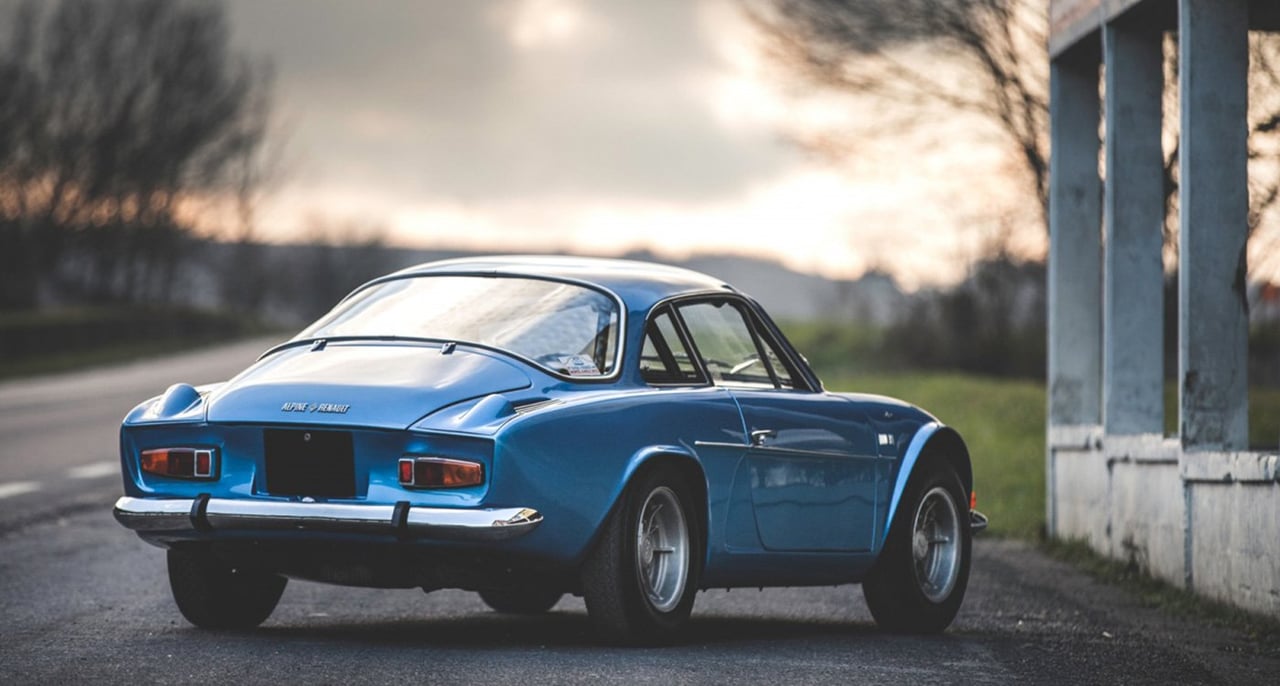
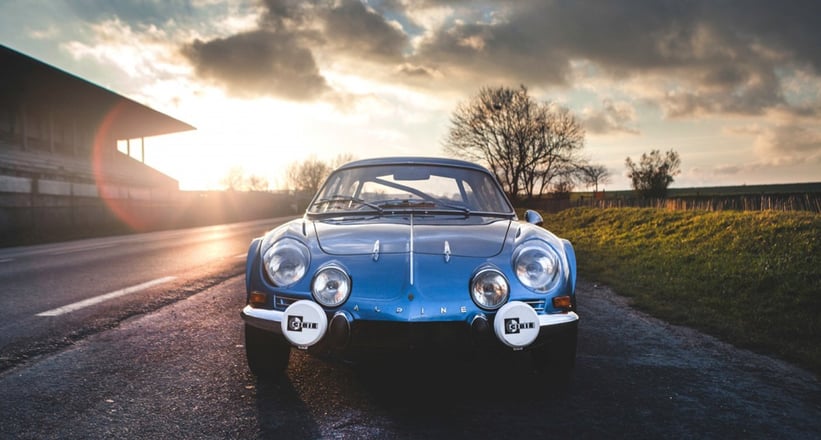
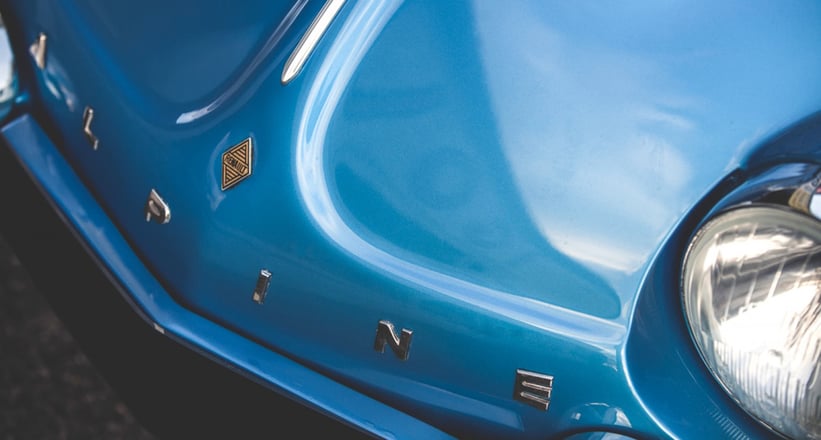
Every encounter with an A110 forces you to reconfigure your conception of what defines a ‘small’ car, but its diminutive dimensions, both outside and in, only add to its charm. Its hunkered down, purposeful shape is timeless, and that dollop of negative camber serves to remind you of its competition breeding. 'Did these really conquer the Monte?' you ask yourself. There are few cars that offer such a pared-back driving experience – even in modest road trim, there’s a riot to be had on every drive. In fact, a well-sorted A110 might just be the perfect tool for historic rallies such as the Tour Auto, assuming you're no taller than 5"10', that is.
Though the Lancia Stratos – the first real purpose-built rally car – rendered the A110 obsolete virtually overnight, the Gallic coupé’s legacy was already cemented. Rédélé had proven his point, and in astonishing style.
















